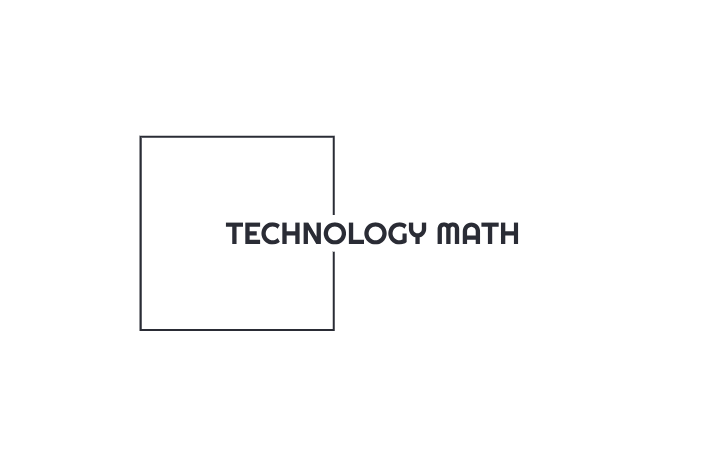
As cyber-attacks grow in sophistication, traditional security measures are no longer enough to protect organizations. Managed Detection and Response (MDR) services offer proactive monitoring, rapid incident response, and expert threat intelligence, making them essential for robust cybersecurity in 2025.
Cybersecurity has become a top priority for organizations worldwide, with businesses of all sizes facing a growing number of sophisticated and frequent cyberattacks. Traditional security measures are no longer sufficient to fend off these modern threats, which are increasingly evasive, well-coordinated, and designed to cause significant damage. This is where Managed Detection and Response (MDR) steps in as a crucial solution. MDR services provide organizations with 24/7 monitoring, threat intelligence, and immediate incident response, ensuring that potential threats are detected and neutralized before they can cause serious harm.
1. The Evolving Threat Landscape
As digital transformation accelerates, businesses are expanding their attack surfaces. The shift to remote work, reliance on cloud services, and the increased adoption of IoT devices have all contributed to a more complex network environment. At the same time, cyberattacks are becoming more sophisticated. Traditional security measures, such as firewalls and antivirus software, struggle to keep pace with new threats like advanced persistent threats (APTs), ransomware, and fileless malware.
MDR offers organizations the ability to monitor their network 24/7 and detect threats that might otherwise go unnoticed. By leveraging advanced analytics, machine learning, and threat intelligence, MDR services can identify early warning signs of a potential breach, allowing organizations to respond swiftly before a full-scale attack occurs.
2. Proactive Threat Detection
One of the key benefits of MDR is its proactive approach to threat detection. In the past, many organizations relied on reactive security measures responding to incidents after they occurred. However, this approach has proven ineffective in the face of sophisticated cyber threats that can remain dormant within a network for weeks or even months before being discovered.
MDR services provide continuous monitoring that helps detect unusual network behavior, suspicious login attempts, and other indicators of compromise. By leveraging a combination of signature-based detection, behavioral analytics, and threat intelligence feeds, MDR services can identify both known and unknown threats. This proactive approach ensures that security teams can respond to incidents as soon as they are detected, minimizing the damage caused by an attack.
3. Faster Incident Response
When a cyberattack does occur, the speed of response is crucial in mitigating damage. In 2025, organizations can no longer afford to have delays in their incident response processes. The longer a breach goes undetected, the more time attackers must exfiltrate sensitive data, disrupt operations, or cause financial loss.
MDR services are designed for rapid response. As soon as a threat is identified, MDR providers initiate an investigation to determine the scope and severity of the attack. They also begin taking immediate steps to contain the breach, such as isolating affected systems, blocking malicious traffic, and restoring compromised data from backups. This quick action helps minimize downtime and ensures that businesses can resume normal operations as soon as possible.
Moreover, MDR providers often have incident response teams with specialized expertise, enabling them to quickly understand the attack vectors, contain the threat, and implement remediation measures. This capability significantly reduces the time it takes to resolve a security incident compared to in-house response efforts.
4. Overcoming Resource Constraints
In many organizations, the internal security team is stretched thin due to the increasing volume and complexity of cyber threats. Small and medium-sized businesses (SMBs) often lack the resources to maintain a dedicated security operations center (SOC) or employ a full team of cybersecurity experts. As a result, these businesses are left vulnerable to cyberattacks.
MDR services offer an effective solution to this problem. By outsourcing detection and response capabilities to a third-party provider, organizations can leverage the expertise of cybersecurity professionals without the need for additional internal resources. This is especially valuable for businesses with limited security budgets or those in need of specialized knowledge to address specific threats.
Furthermore, MDR providers can provide scalability, adapting to an organization’s growing needs as the business expands or its security requirements evolve. With the increasing complexity of the threat landscape, the ability to scale security services quickly is an important consideration for organizations in 2025.
5. Comprehensive Threat Intelligence
Threat intelligence plays a vital role in modern cybersecurity. By continuously gathering data on emerging threats, attackers’ tactics, techniques, and procedures (TTPs), organizations can better understand the evolving threat landscape and improve their defense strategies. MDR services provide access to up-to-date, actionable threat intelligence that can be used to inform detection, prevention, and response efforts.
MDR providers often use a combination of internal and external threat intelligence sources to identify patterns, track attack trends, and stay ahead of emerging threats. This intelligence is then used to refine detection rules, improve threat hunting efforts, and provide context for incident response activities. With real-time threat intelligence, organizations are better equipped to identify and respond to attacks before they can escalate into full-blown security incidents.
6. Regulatory Compliance
In 2025, compliance with data protection regulations is more critical than ever. Laws such as the General Data Protection Regulation (GDPR), the California Consumer Privacy Act (CCPA), and industry-specific regulations like HIPAA and PCI DSS impose strict requirements on how organizations must protect sensitive data. Non-compliance can result in hefty fines, reputational damage, and loss of customer trust.
MDR services can help organizations meet regulatory requirements by providing comprehensive monitoring and reporting capabilities. They ensure that organizations maintain visibility in their security posture and that any incidents that may impact compliance are detected and addressed promptly. By working with an MDR provider, organizations can demonstrate that they are actively monitoring security threats and taking the necessary steps to protect sensitive data.
7. Cost-Effectiveness
Many organizations hesitate to adopt MDR due to concerns over the cost. However, when compared to the potential costs of a data breach or a prolonged period of downtime, MDR services are often a cost-effective solution. The financial impact of a cyberattack can be significant, with costs related to data recovery, reputational damage, legal fees, and regulatory fines adding up quickly.
MDR services provide a predictable pricing model, allowing businesses to budget for cybersecurity expenses in advance. Additionally, MDR providers often offer a range of service tiers, enabling organizations to choose a package that fits their specific needs and budget. By outsourcing detection and response to a trusted provider, businesses can avoid the high costs associated with maintaining an in-house security team while still benefiting from enterprise-level protection.
8. The Future of MDR
As cyber threats continue to evolve, the role of MDR in cybersecurity will only become more critical. The integration of artificial intelligence (AI), machine learning (ML), and automation will enhance MDR capabilities, allowing for even faster and more accurate threat detection and response. Additionally, MDR providers are increasingly incorporating cloud-native security monitoring and threat hunting, providing organizations with more robust protection against cloud-based threats.
Looking forward, the growing complexity of cyberattacks will drive the need for more advanced MDR solutions. Organizations that invest in MDR services today will be better positioned to face the challenges of tomorrow’s cybersecurity landscape.
Conclusion
In 2025, cybersecurity is no longer optional for businesses, it is a necessity. With the increasing sophistication of cyber threats, traditional security measures are no longer sufficient. Managed Detection and Response (MDR) provides organizations with the tools, expertise, and resources they need to detect, respond to, and recover from cyberattacks quickly and effectively. By investing in MDR services, businesses can protect their data, maintain regulatory compliance, and reduce the risk of costly security breaches. In a world where cyber threats are constantly evolving, MDR is an essential part of any organization’s cybersecurity strategy.






